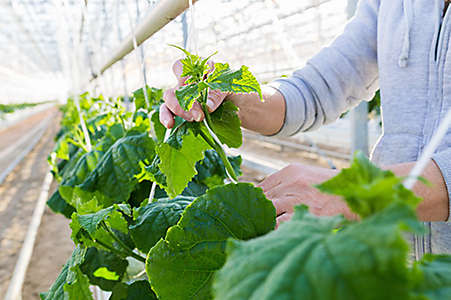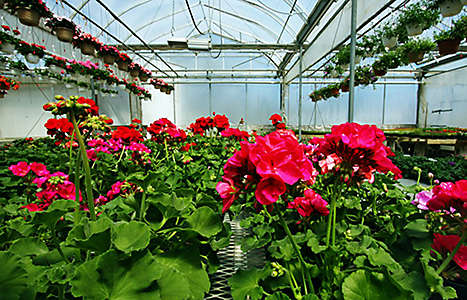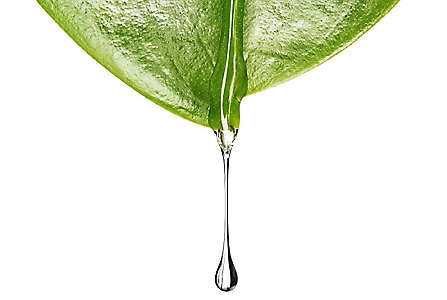Tip 1 - Read the label
There may be restrictions or suggestions on mixing multiple products.
The term “tank mixing”, in the greenhouse, generally refers to mixing multiple chemicals together in one tank. Those of us who have been around a year or two refer to it as “bucket chemistry”. Whichever term you prefer to use, there are some advantages and disadvantages to using multiple products together. Some advantages include:
While there are very good reasons to have the tank mix option available, there are potentially negative aspects to tank mixing to consider:
While there are cons to tank mixing, there are times when growers find it necessary to have a tank mix option available.
If you choose to tank mix, here are five tips to consider:
Tip 1 - Read the label
There may be restrictions or suggestions on mixing multiple products.
Tip 2 - Complete a physical compatibility "jar test"
This is a simple way to identify immediate chemical compatibility.
Tip 3 - Research
Start to identify industry reports and scholarly articles published about mixing products. In addition, some chemical companies have published compatibility charts to help growers identify potential tank mix combinations and what to avoid.
Tip 4 - Run a phytotoxicity trial
Spray small groups of different plant species and determine if the specific tank mix is safe for large-scale applications.
Tip 5 - Monitor
Regular scouting will help identify product combinations that have positive and negative efficacy on your crops.


Nine Steps To Follow For Building A Strong IPM Program

Eight Tips for Integrating a New Product Into Your Spray Program

Five Steps to Run a Successful Commercial Horticulture Trial

Rethink Horticultural Oil To Protect Your Crop This Summer